Disco Comradeship. Archives of the Street; or; Specters of a Past Future Party
As historians with a particular focus on art and cultural politics across the Cold War’s Iron Curtain, we were excited to visit Dresden for the Whole Life Academy 2019. On one hand, the capital of Saxony and a central city of former East Germany (the GDR); and, on the other hand, a site imagined as always already peripheral to the metropolitan centers of West Germany. By 2019, Dresden was also at the center of debates around xenophobia and racism in Germany and simultaneously at the center of a rapidly expanding German tech industry with a growing group of international students arriving monthly. The spatial economies of the city struck us deeply. As its modern realities played out before our eyes, the ghosts of the GDR also haunted every turn.
Where did East Germany go?
Throughout the workshop “Knowledge Feedback Loops” by curator and theorist Doreen Mende and art historian Sarah E. James we questioned the stakes of returning to the visual culture of former East Germany. What might it mean to “decolonize socialism,”? How might we unearth the alternate, speculative, and techno-scientific futures that artists and filmmakers imagined under East German state socialism? How might such unrealized futures emerge in archives of East German culture, now that East Germany no longer exists today? As part of our inquiry, we visited archives throughout Dresden related to film and technology. Amid our visits, we sharpened our gaze through a practice of reading East German archives against the grain, glimpsing traces of where unfinished socialist political imaginaries continue to bear on the present.
Doreen Mende’s presentation of her research into DEFA (Deutsche Film-Aktiengesellschaft), the East German state-run film studio, exposed us to DEFA’s “disco films” (Disko-Filme), a curious object whose intriguing name piqued our interest. Disco films were produced in East Germany from the mid-1970s onwards in the aftermath of the power transfer from Walter Ulbricht to Erich Honecker, a period marked by increasing cultural liberalization, optimism, and international collaboration. The first disco film was released in 1976, the year of the dissident musician Wolf Biermann’s expatriation from East Germany, which intensified alternative cultural practices and activism in the GDR’s final decade. Numerous music bands emerged amid the GDR’s 1970s cultural thaw, especially as Western radio and television became increasingly accessible. Alongside the release of their rock and pop albums, DEFA created disco films, whose production traversed the state film studio’s various departments but was housed in the Studio for Documentary Film. These short films montaged musical performances, interviews with musicians, and narrative footage, forming a local and hybrid genre that anticipated the eventual rise of music video culture. The titillating title of the genre “disco films” – unexpected for East German state-sponsored culture – foregrounded the multimedia spaces in which they were screened, not only in discotheques but also in film festivals and at cinemas like Kosmos, the second largest movie house in the GDR, as pre-screening musical entertainment.
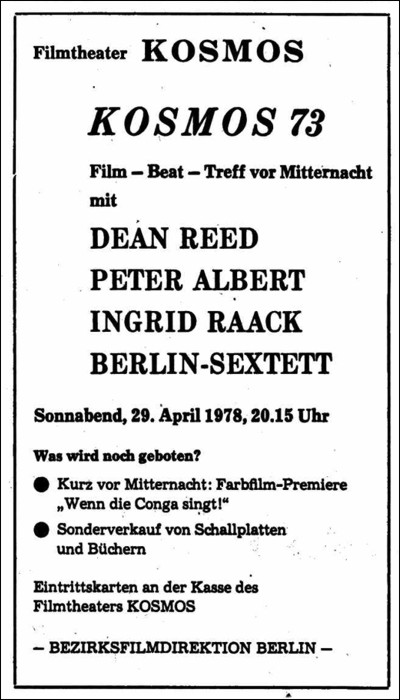

We visited the Technische Sammlungen, the museum of technology situated in the Ernemannbau, a former camera factory central to histories of photographic and film production from prewar through postwar Germany. Tired, hungry, and nearing the end of an extensive tour of the collection, we found ourselves beneath a glittering disco ball. Installed above an old jukebox as part of an exhibition on music technology, this disco ball is in fact a contemporary addition with – they say – no particular historical value. Nonetheless, it captured our imagination in relation to the disco films that were already on our minds. What did the nightlife spaces where disco films were screened in East Germany actually look like? Do they exist today, or are they, like many former socialist spaces, only spectrally present as a ruin or an absence? What modes of collective assembly – of being together in filmic-nightlife environments – did the screenings of disco films engender?
Standing under the disco ball in the Technische Sammlungen crystallized what we found most compelling about DEFA’s disco films. Firstly, the films are generative for rethinking the politics of culture in the GDR beyond the oversimplified binary of the East German state vs. dissident artists, which has overdetermined the historical legacy of cultural production in former socialist states. Disco films have a particularly liminal status as state-sponsored objects produced for the circulation and display in spaces of entertainment and leisure associated with alternative and youth cultures. DEFA’s filmic promotion of local musicians in nightlife spaces was intended to draw a younger generation back into socialist culture and away from negatively coded influences of Western popular culture. Nonetheless, it relied on the aesthetic influences of Western and transnational disco, psychedelia, rock and pop, evincing a complex appropriation and adaptation of Western subcultural activity to fit East German contexts. Secondly, given our charged encounter with specters of disco in the urban spaces of Dresden – a city marked by the destruction of war, the ghostly traces of socialist era, the historical amnesia of its architectural reconstruction, and, increasingly, far-right populist politics – the disco films and disco ball prompted us to consider the political afterlives of nightlife, film, and collective assembly since the fall of socialism up through today.
In our final days in Dresden, we collectively came up with the idea of “disco comradeship.” Considering the ideological centrality of ‘comradeship’ in socialist cultures as well as the uncanny return of the term in political theory and curatorial practice (from the writings of Jodi Dean to Zdenka Badovinac), we asked each other, “What would comradeship at the disco have looked and felt like in the GDR, compared to what it might look and feel like today?” Over the past two years, our continued conversation morphed into the formation of Disco Comradeship, a collaborative curatorial platform that we established to research the pasts and futures of nightlife, film, and their collective imaginaries from East Germany’s disco films through the post-socialist transition and up to present debates on the politics of club culture in contemporary urban space.
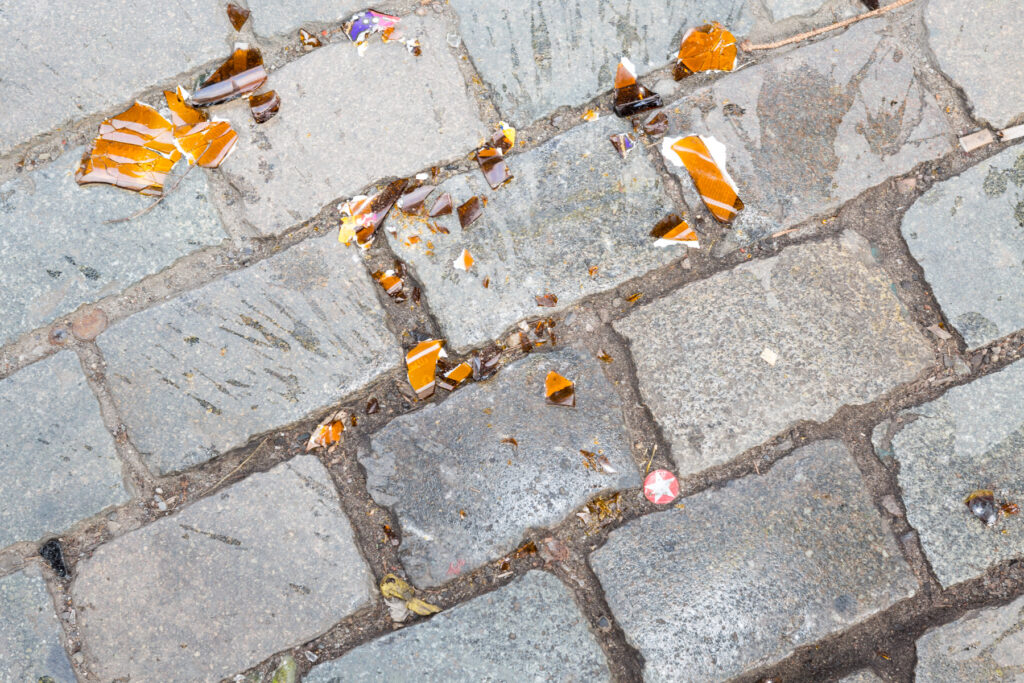
In our current project we take up the obscure history of the Disco Films and the conceptual underpinnings of “disco comradeship” as the basis for devising and collectively enacting an archival methodology. We move out from the film reel of DEFA films as well as East German “experimental” films into the post-socialist urban spaces of Berlin, where screenings and parties and practices of sociality have continued to unfold. Such a methodology does away with a stable notion of ‘archival research,’ instead pushing us to reconfigure what we understand ‘an archive’ to be. What might shift when we begin to see the city block or the U-bahn stop as we see the film canisters stacked up in the archive? What does archival research mean in an embodied relation to history? How can we redress and archive the imagined, unrealized futures and alternate modes of comradeship that nightlife cultures have brought into being? How can we do so even as we are also struggling to imagine our own futures on the dance floor amid the ongoing pandemic?
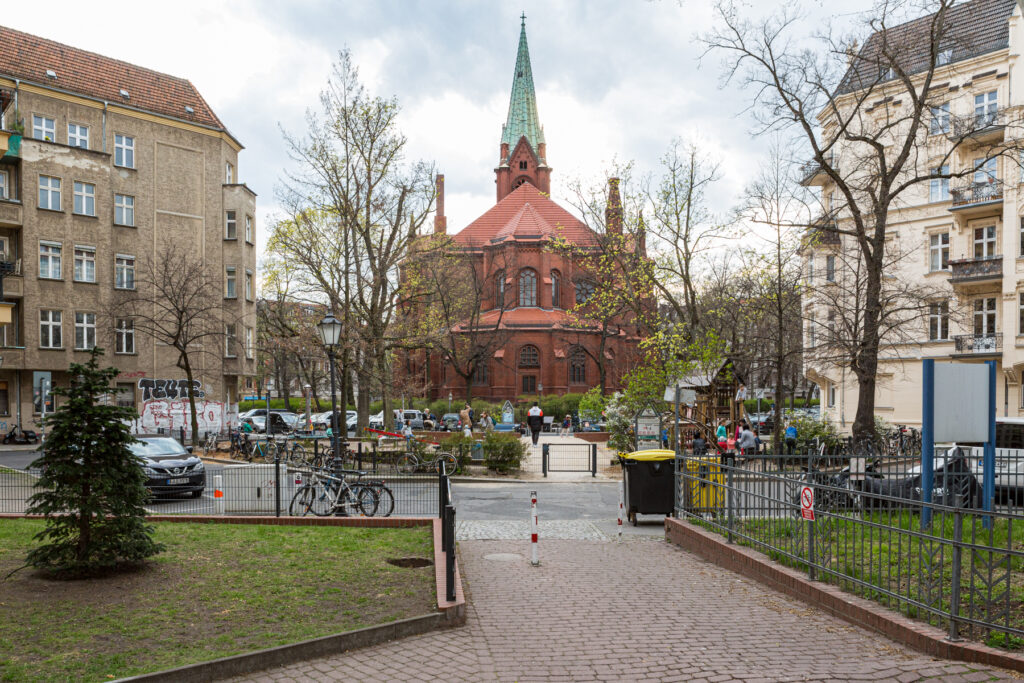
We take up the turbulent case of Berlin as a model for thinking about how cities, their nightlife architectures (whether still standing or not), and their encounters with/on film are themselves archives of layered histories. Inspired by a reading of urban anthropologist Annette Kim’s study Sidewalk City (2015), we embrace the sidewalk as a crucial site for archiving the traces of unfinished histories.



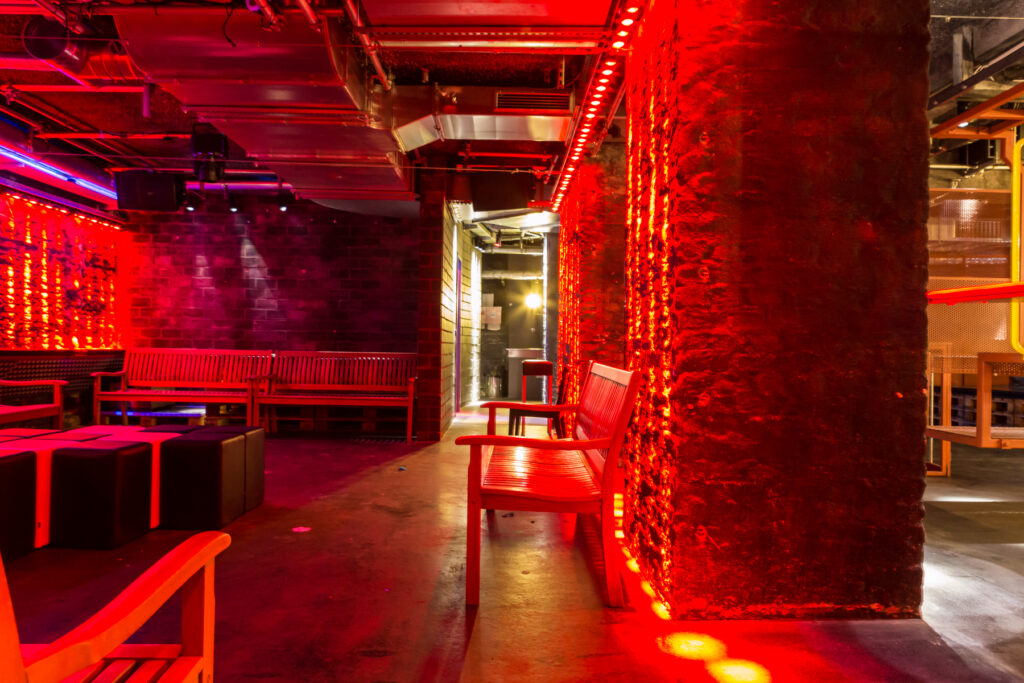
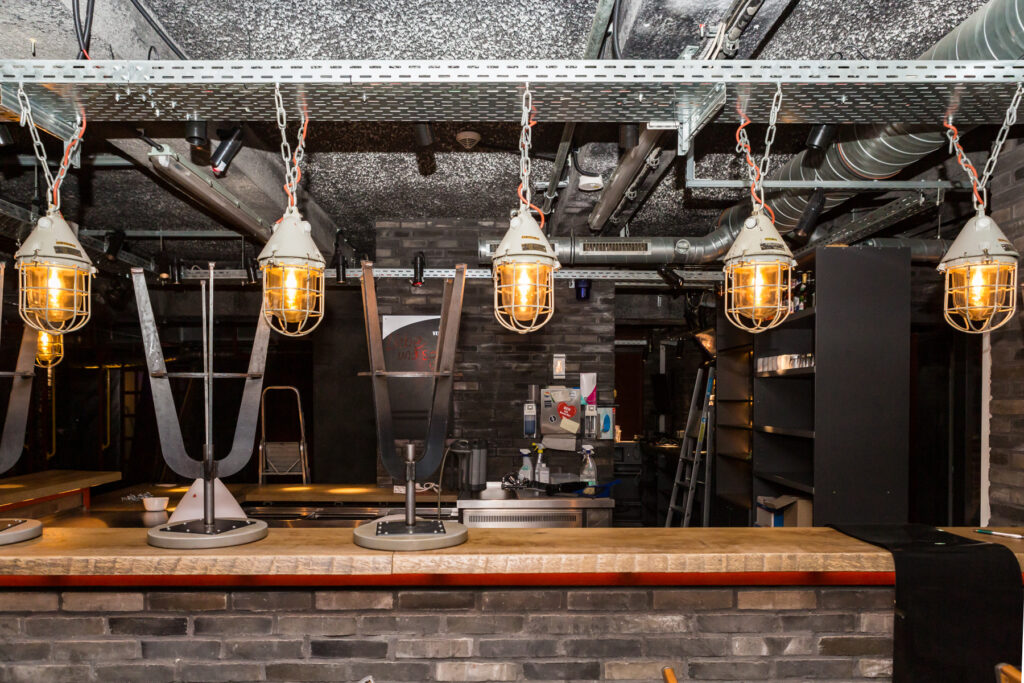
From where we are today, it’s difficult to imagine that we will go back to inhabiting the discos, night clubs, and cinemas as we once did. Though it feels exceptional, this is not the first time that societal and (bio)political shifts have radically altered how we collectively assemble in public spaces and form an intimate politics of comradeship therein. But the party always keeps going, if not on the dance floor, then in the spaces where we collectively imagine how to live and move and remember together.
This contribution is published in the framework of the Whole Life Academy as part of the workshop “Archiving Club Cultures from Late Socialism through the Era of Social Distancing”.
Connected Material
Schaber’s contribution revisits her 2004 work culture is our business and considers the complex issues around these three agencies. At stake in these differences are how the image’s story should be told, and how this telling is embedded in the viewing and understanding of history.
An aural and visual essay that overlays several journeys, a sensory one that attempts to evoke a perceived time, place or geography through the mapping of territories, and a narrative one materialized as a speculative epistolary correspondence between the present and the future that continuously summons the past.
Archives are often perceived as somewhat static. They look back, they conserve, they remember. But the thinking that was present in the pieces of the Pinkus Archive all addressed ecology, extinction, and political agency in ways that not only extend into our present, but into our future.
Epistolary narrative, dialogism, intertextuality, speculative narrative — we imagine this text to be letters between the two of us across different temporalities, making use of a speculative and fragmented narrative in line with the themes we explore in our work: archiving the unarchivable, emotions, memories, and other human conditions within the horizon of extinction.
Chto Delat’s installation Canary Archives employs the imagery of the canary in the coal mine, once used to alarm miners when carbon monoxide levels rose. Where is the canary today, that tells us wether the danger is real? It seems to have gone silent, the sharpest signal it can send. In an emergency newspaper issue under the impression of the Russian war on Ukraine, Chto Delat assembles anti-war views of artists and critics and expresses their solidarity with the Ukrainian people.
A conversation about KANG Sang-woo’s film KIM-GUN and how it treats historical evidence and testimonies as a ‘horizon of contingent truths’ with the potential to be pieced together in alternating ways, touching upon the complex dynamics of archives and life stories, collective memory and amnesia, the mechanisms of image-making and history-writing.
The legacy of anti-colonial leader and Pan-Africanist revolutionary Amílcar Cabral (1924-1973) still calls for cultural readings, and not strictly political ones. Contemporary art, so-called “artistic research” and critical theory will benefit from a cross-disciplinary approach which puts Cabral as relevant to art or which turns Cabral’s many contributions into tools.
Three videos are used in real time composition to explore the combination of the moving images – the edited sequence creates a non-existing-place.
This video interweaves the mobility of defiance against national-colonial borders and the collection of gossips by Southeast Asian migrants in Berlin.
The video explores the encounter (digital and analogue) between the body and the archive.